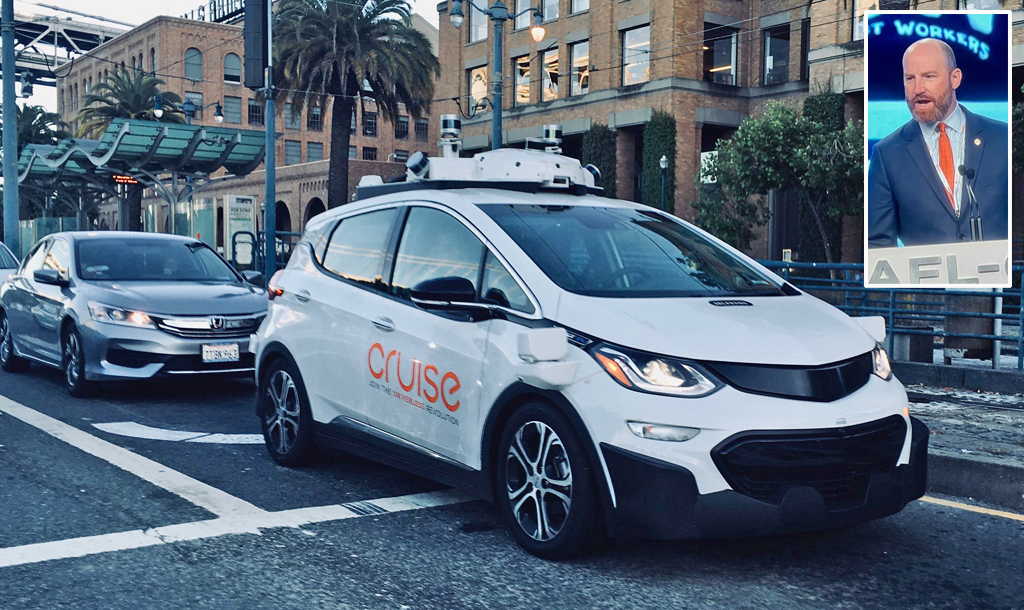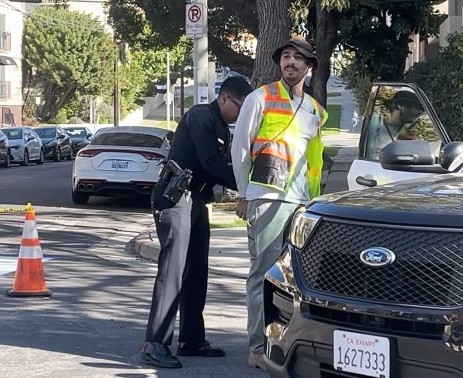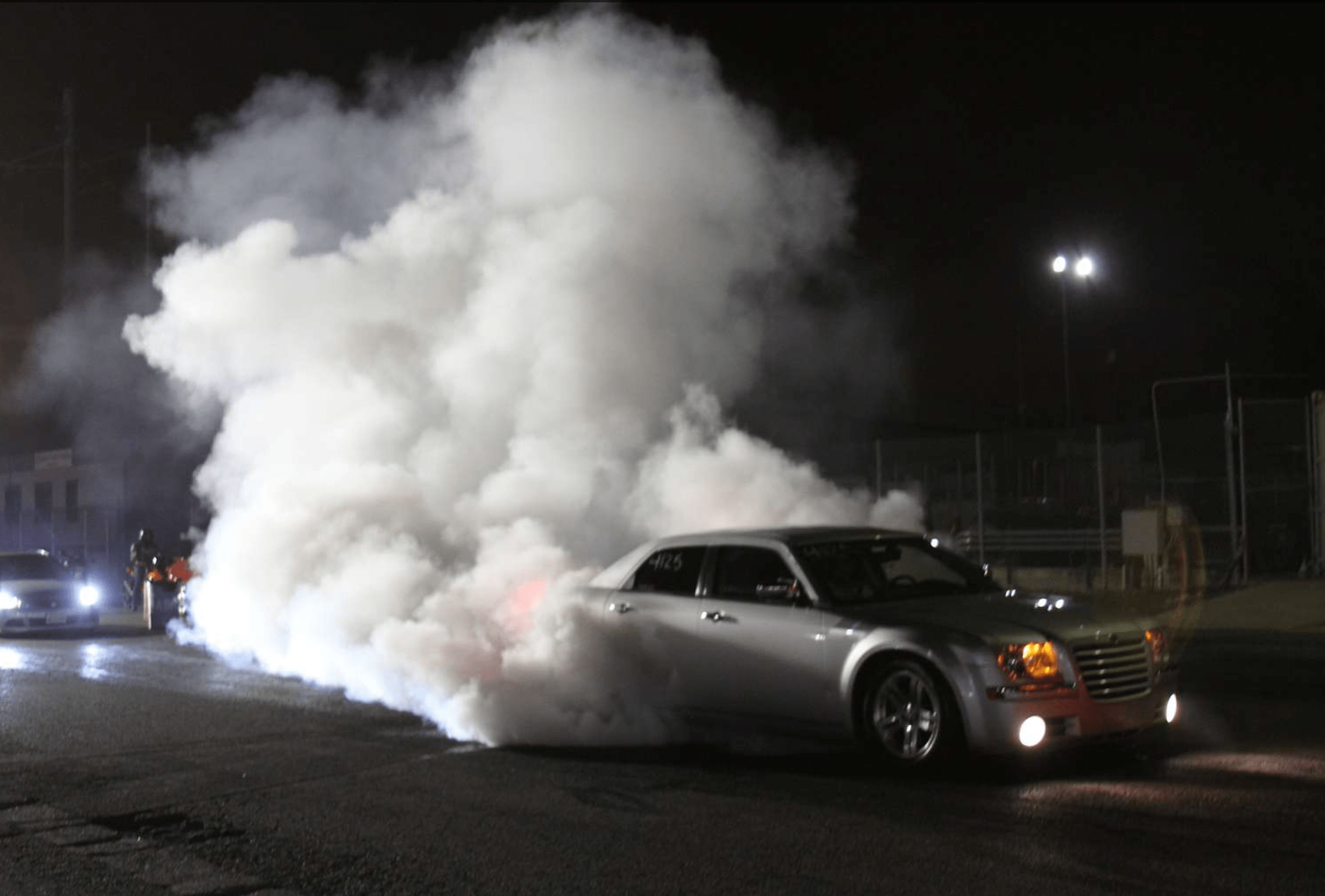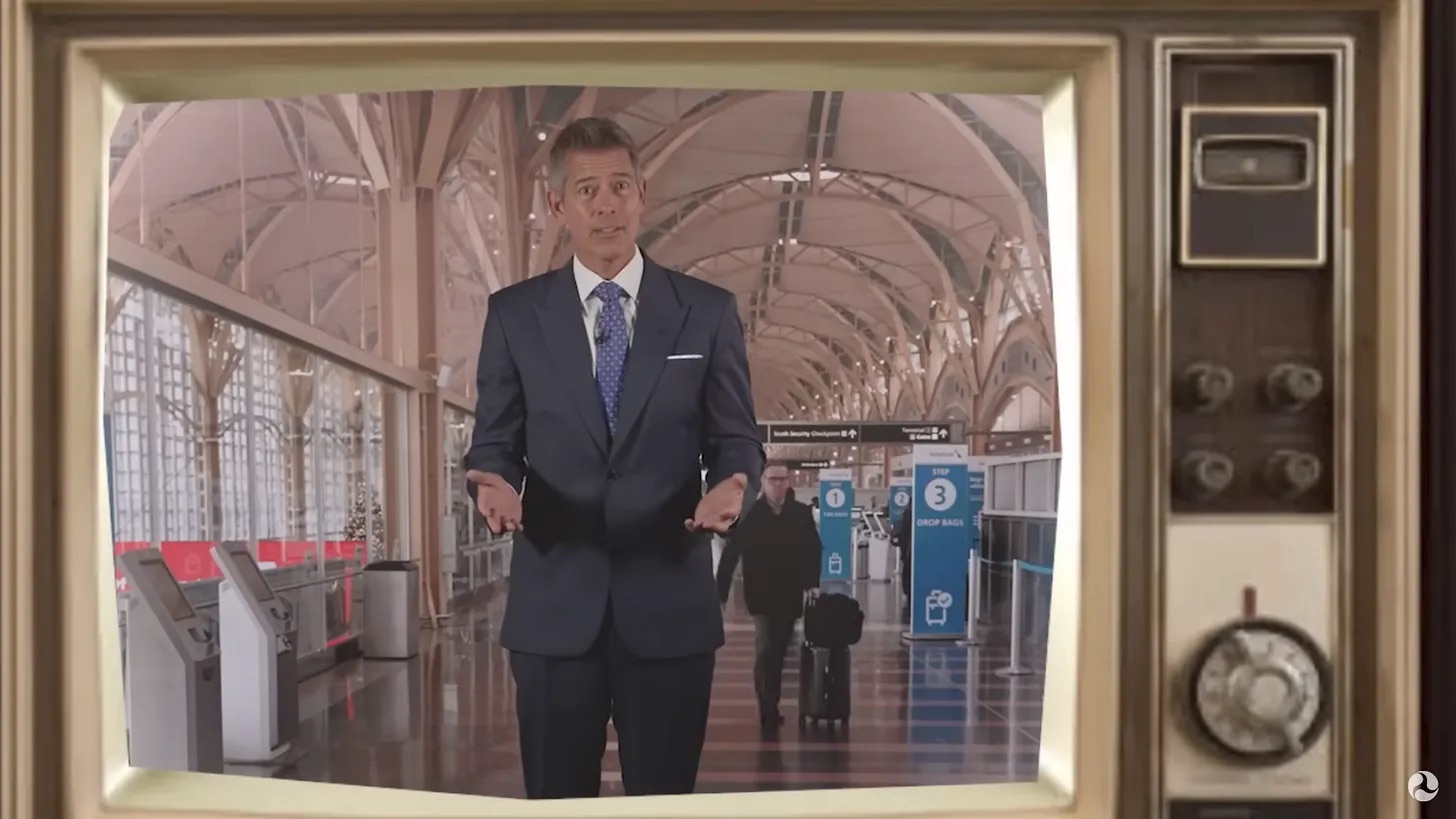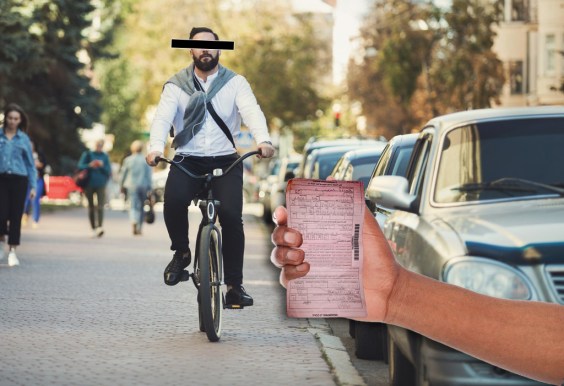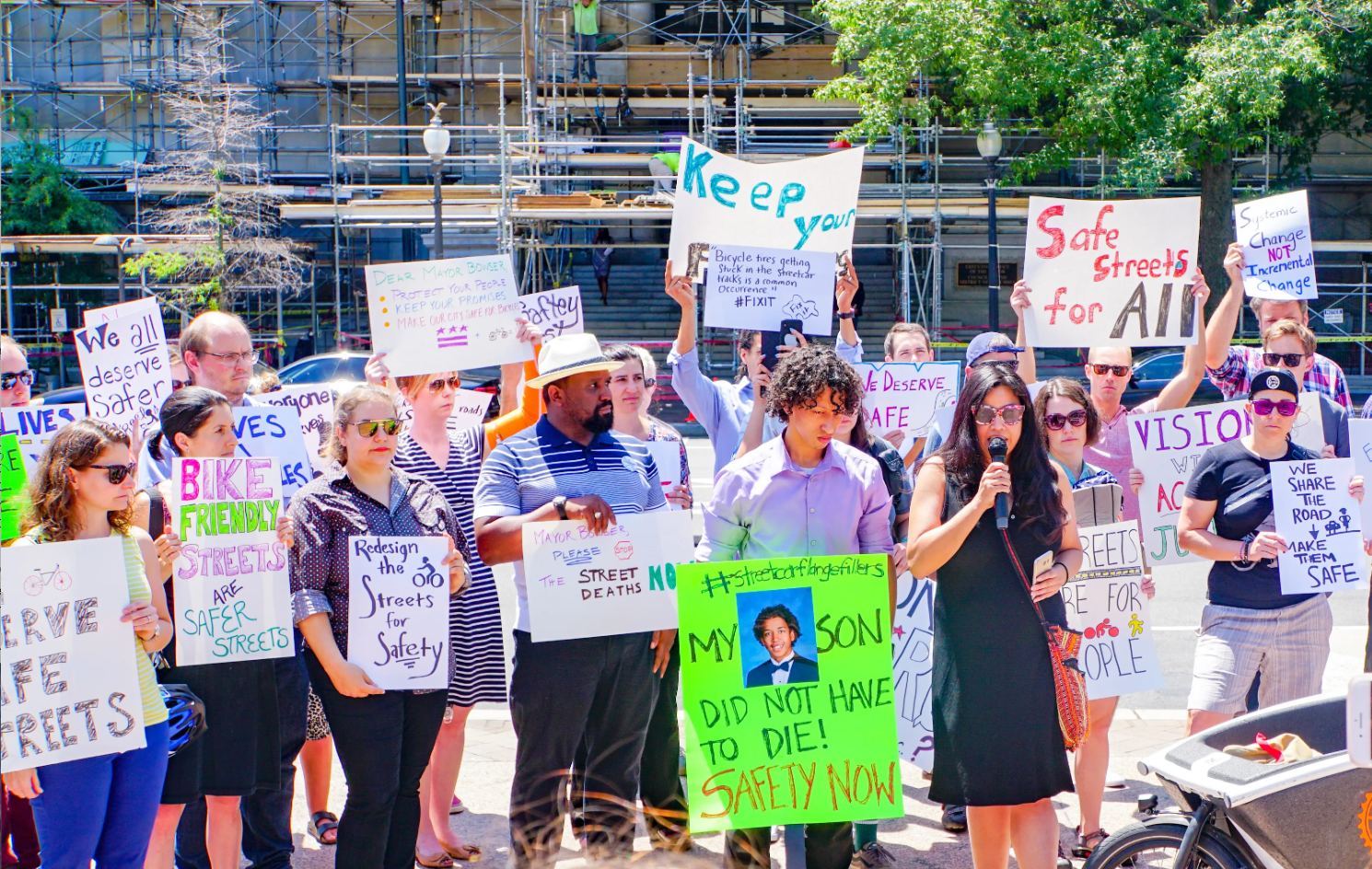Following a spate of crashes and near-misses with “driverless” cars, a large coalition of U.S. transportation workers is joining with pedestrians to call for more regulation of the emerging tech — and sending a reminder that untested autonomous vehicles are increasingly becoming a workplace safety issue, too.
In a letter to US DOT Secretary Pete Buttigieg and Federal Highway Administration head Anne Carson, a coalition of 27 transportation trade unions urged the federal government to expand a probe it launched in October after a San Francisco pedestrian was dragged under a robotaxi operated by General Motor's AV division, Cruise.
GM’s Cruise car unit said it will pause all supervised and manual car trips in the US, and expand the scope of investigations at the robotaxi operator in the aftermath of an accident that initially led to the suspension of driverless vehicle operations https://t.co/Yb9CRVXOoY
— Reuters (@Reuters) November 15, 2023
The unions applauded the investigation, but also stressed that clamping down on a single company won't adequately address the potential dangers of the larger AV industry, which tests its vehicles on public roads where countless pedestrians walk —and where hundreds of thousands of people make their living. And that includes not just human taxi drivers, but bus operators, bikeshare workers, road crews, and many more.
"Transit and sanitation workers have been boxed in, cut off, and trapped inside their vehicles by driverless cars driving erratically," the group wrote. "Construction and maintenance workers, who stand in harm’s way every day on our roads, have seen driverless vehicles pull into construction sites. ... Let us be clear: [AVs] are unsafe and untenable in their current form."
Must read: https://t.co/gwYdp8BF5H #AutonomousVehicles #Mobility @TTDAFLCIO @AFLCIO
— Edward Wytkind (@EdWytkind) November 10, 2023
In addition to intensifying scrutiny on companies like Alphabet's Waymo and Amazon-owned Zoox, the unions are urging the feds to require robo-car operators to report when their cars do dangerous things like enter bike lanes, nose into crosswalks or plow into firefighter cordons — even if those behaviors don't necessarily lead to a crash.
And most important, they're calling for "an updated, department-wide automated vehicle policy which sets firm expectations for these vehicles" — and makes it clear that safety and support for workers comes first.
"We want a broad policy framework that everybody will have to abide by, so that we can ensure that there's appropriate safety oversight of any company that wants to enter into our public roadways with this type of tech," said Greg Regan, president of the Transportation Trades Division of the AFL-CIO, the umbrella organization to which all the signatories of the letter belong. "And frankly, I think that's a better way to make policy than this sort of whack-a-mole sort of approach [we’ve got now].”
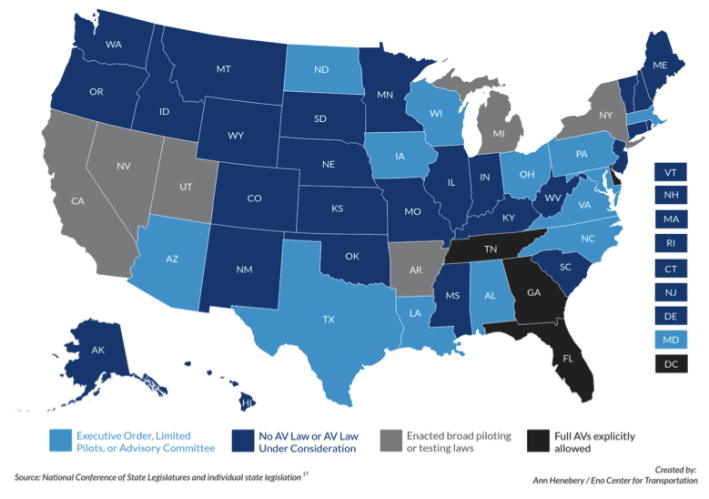
Regan added that the unions' campaign for robo-car safety began long before Cruise's headline-grabbing autumn, which also prompted the California DMV to suspend the company's operating permit in the Golden State. (As Streetsblog SF's Roger Rudick astutely pointed out, human motorists who crash into pedestrians every day — including the hit-and-run driver who threw the San Francisco walker under the wheels of the unmanned car — rarely face comparable censure.) So it's crucial to point out that while the letter is about saving lives, the unions are also working to save the livelihoods of their members should the autonomous vehicle fantasy ever become a reality.
“Some people don't believe that fully autonomous vehicles will ever really be viable, and others think it would be at least 20, 30 years before that happens," Regan added. "But it's incumbent upon us now to at least prepare for a situation where [that technology] is real. And part of that means investing in workers’ job training, and in policies that ensure that they'll be able to move to different jobs without losing their benefits.”
Considering that the average "driverless" taxi currently requires an average of 1.5 remote human operations managers to keep it running, robots don't seem to be coming for our transportation jobs just yet. Regan believes the safety threats they pose to U.S. roads, though, are very much real — and real change needs to come from the top down.
“[We need] federal laws, not just a patchwork of state and local laws across the country," Regan added.
